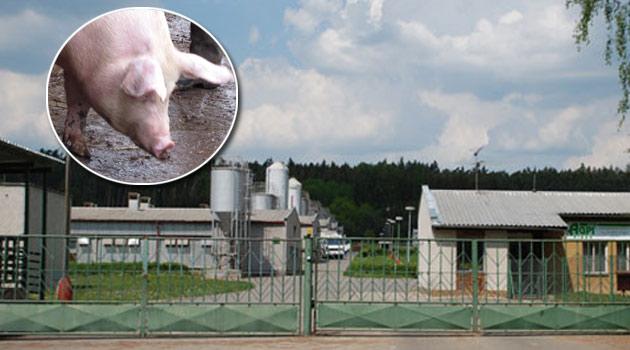Unique Czechoslovak film from 1960 about the concentration camp for Roma at Lety screening on Romea.cz
“Then they took the children away. They took them away to ‘save’ them. They took them to Auschwitz. They took them to a building with windows. They ordered them to strip and take their shoes off, and then, then nobody ever saw them again. Don’t forget, don’t forget about the children, about that little girl.”
These are the final words to be heard in the short Czechoslovak film “Don’t Forget About That Little Girl” (“Nezapomeňte na toto děvčátko”) about the fate of the Romani children who were imprisoned in the concentration camp at Lety u Písku and later murdered in the gas chambers at Auschwitz. News server Romea.cz has acquired the rights to this film and is making it available to the public here with English subtitles.
“The historical literature from the end of the 1940s and start of the 1950s about Romani people talks about the facts of the Romani Holocaust very cautiously and uses the rhetoric of the day. If somebody was studying Romani people, i.e., the people then called the ‘gypsy population’, it was especially in connection with what was then called the ‘gypsy question’. The order of the day was the development of the ‘social policy of state’ and its gradual adjustment from an assimilationist approach to Romani issues to the organized dispersal [of Romani communities] to the concept of their so-called social and cultural integration,” writes Jindra Marešová in her Bachelor’s thesis on the Lety camp and its postwar history.
That thesis mentions what was, for its day, a unique short documentary film about Lety, and the subject of Romani suffering during the Second World War was dealt with in this film from 1960 by documentary filmmaker Miroslav Barta. The film was screened at several international film festivals and was also screened in Prague before features for a year.
The short film begins with a series of unique shots of the place where the concentration camp once stood. The footage shows the Lipeš fishpond and an empty meadow next to it, as the pig farm had not yet been installed there in 1960 – construction on it did not begin until 1972.
Near the forest the film also shows a wooden cross with a crown of thorns. Much is not clear about the cross that was erected at the site.
Some sources state that the first cross was installed there by inhabitants of the village of Lety immediately after the war, while others say that those who erected the cross were the relatives of Romani people who perished directly at Lety or later at Auschwitz. Other sources state the wooden cross with the crown of thorns was restored at the end of the 1960s by the Union of Gypsies-Roma (Svaz Cikánů-Romů) because it had been bent in half.
Another cross was said to have been made by Jan Čermák and Martin Čermák, former prisoners of the camp at Lety. That cross was erected in 1986 without the permission of the authorities at the site of one of the mass graves.
In 1995 that cross was reportedly discovered, covered by overgrown grass, by the American author Paul Polansky and the Romani activist Lubomír Zubák. In the opening scenes of the unique film about Lety it is also possible to see the so-called gutters that were dug before and behind each hut in the camp.
As can be seen in photographs from the time the camp was running, wooden planks were laid across those gutters at the entrance to each hut. The recently-performed archeological research at the site of the former concentration camp also discovered those gutters.
